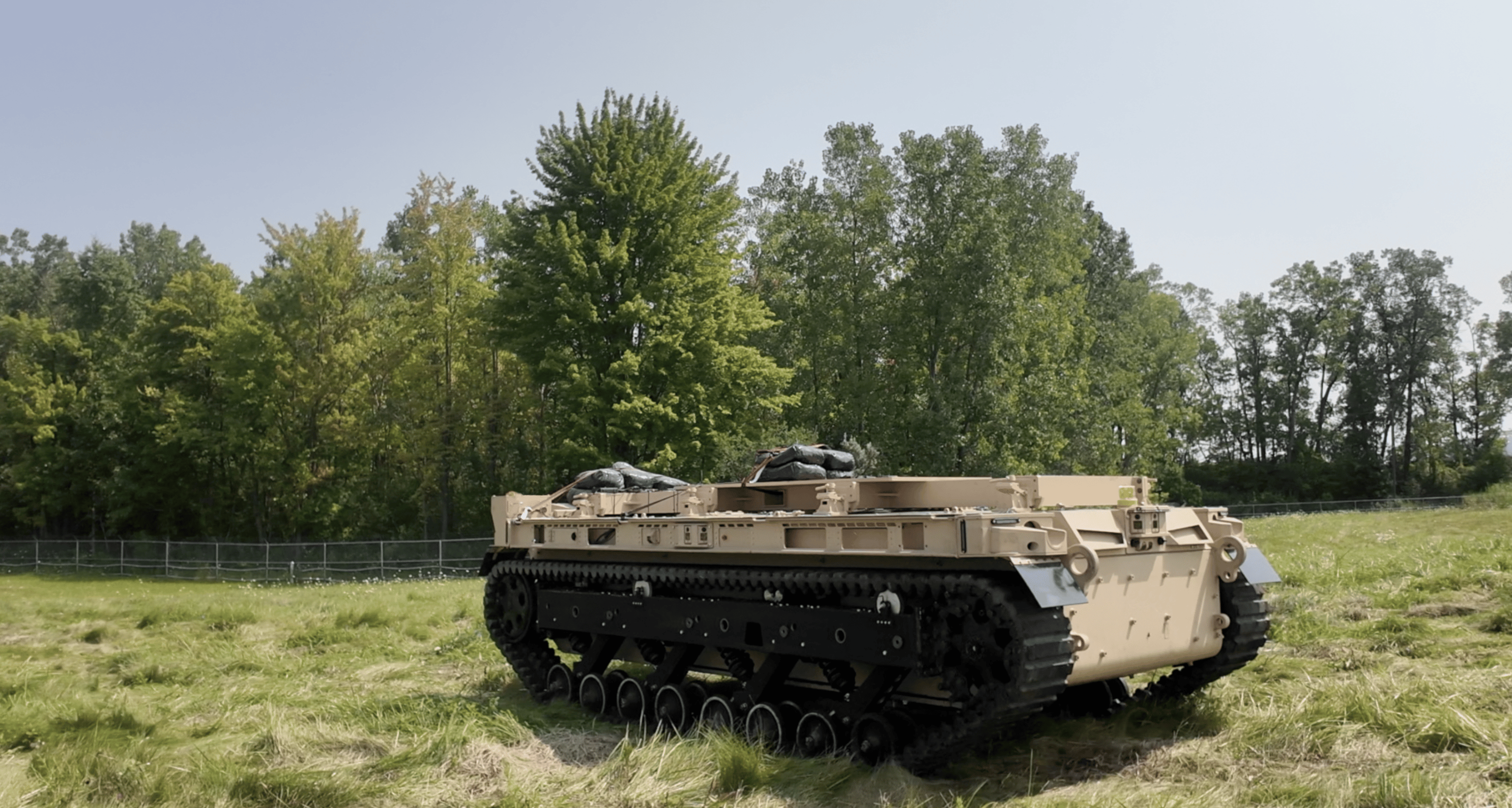BS EN 45545 Fire Protection Testing for Passenger and Crew Safety Materials
The BS EN 45545 standard is designed to ensure that materials used in the manufacture of passenger and crew safety equipment meet stringent fire protection requirements. This service ensures the highest level of safety, reliability, and compliance for products intended for use in vehicles and land systems.
BS EN 45545 sets out detailed specifications for the testing methods to determine the flammability characteristics of materials used in passenger compartments and crew areas. The standard aims to protect passengers and crew members from fire risks by ensuring that these materials do not ignite easily or burn excessively when exposed to heat sources.
The testing process involves subjecting samples of the material to various thermal conditions, such as flame impingement, radiant heating, and other relevant exposure methods. The goal is to assess how well the material can withstand fire without igniting readily or spreading flames rapidly. Compliance with this standard is crucial for ensuring that safety equipment, interiors, and other components used in vehicles comply with stringent regulatory requirements.
The testing procedure typically begins with sample preparation, where specific dimensions of the material are cut to meet the required specifications laid out by the standard. Once prepared, the samples undergo rigorous thermal exposure tests using controlled environments designed to simulate real-world fire scenarios. The apparatus used for these tests includes specialized furnaces and heat sources capable of generating temperatures relevant to various fire hazards.
The acceptance criteria for BS EN 45545 are based on both qualitative assessments, such as the time it takes for a flame to extinguish after contact with an ignition source, and quantitative measurements like the maximum rate of heat release. Compliance is determined by comparing test results against predefined thresholds specified in the standard.
| Parameter | Acceptance Criterion |
|---|---|
| Time to Flame Extinction | < = 2 seconds for materials used in crew areas, < = 4 seconds for materials used in passenger compartments. |
| Maximum Heat Release Rate (MJ/m²/min) | < = 30 MJ/m²/min |
The testing process also includes additional considerations such as smoke production, toxic gas generation, and structural integrity. These factors are crucial in ensuring that materials not only resist ignition but also minimize the spread of fire and prevent the release of harmful substances into the environment.
For quality managers, compliance officers, R&D engineers, and procurement professionals, this service offers a critical tool for validating product safety and reliability. By adhering to BS EN 45545, manufacturers can ensure their products meet international standards, thereby reducing risks associated with fire hazards in vehicles.
Compliance with the standard also supports broader regulatory requirements such as ISO/TS 16949 for automotive manufacturing and ASIL (Automotive Safety Integrity Level) categorization. This ensures that vehicle manufacturers can meet global safety and quality standards, enhancing overall product performance and customer satisfaction.
Quality and Reliability Assurance
Quality and reliability assurance are paramount in the automotive sector, especially when it comes to materials used in passenger and crew safety equipment. Our service ensures that every aspect of fire protection testing adheres strictly to BS EN 45545 standards.
We employ state-of-the-art facilities equipped with precision instruments capable of generating controlled thermal environments suitable for simulating real-world fire scenarios. This allows us to provide accurate and reliable test results that can be trusted by all stakeholders involved in the manufacturing process.
Our team of highly trained experts ensures that each sample is prepared according to exacting specifications, ensuring consistency across all tests conducted under BS EN 45545. This attention to detail guarantees that our clients receive consistent and repeatable results, which are essential for maintaining high-quality standards throughout production.
The use of advanced instrumentation allows us to measure various parameters precisely, including heat release rates, smoke density levels, and flame spread indices. These measurements play a crucial role in determining whether materials meet the stringent requirements set forth by BS EN 45545.
Our commitment to quality extends beyond just meeting regulatory requirements; it also involves continuous improvement through ongoing research and development efforts aimed at enhancing testing methods and expanding our knowledge base regarding fire protection materials. This approach ensures that we stay ahead of changing industry trends and regulatory updates, enabling us to provide cutting-edge solutions tailored specifically for the needs of our clients.
Customer Impact and Satisfaction
- Enhanced product safety: Compliance with BS EN 45545 ensures that materials used in passenger and crew safety equipment meet stringent fire protection requirements, thereby enhancing overall product safety.
- Improved regulatory compliance: By adhering to this standard, manufacturers can ensure their products comply with international regulations, reducing the risk of non-compliance penalties and improving market access.
- Increased customer trust: Demonstrating adherence to rigorous testing protocols builds confidence among consumers regarding the safety and reliability of vehicle interiors and other components made from these materials.
- Competitive advantage: Meeting or exceeding industry standards helps manufacturers differentiate themselves in a crowded marketplace, attracting more business opportunities and fostering long-term relationships with satisfied customers.
Frequently Asked Questions
Use Cases and Application Examples
The application of BS EN 45545 fire protection testing is extensive, covering various materials used in passenger compartments and crew areas. Here are some typical use cases:
- Crew seating upholstery: Ensuring flame resistance and minimal smoke production to protect crew members.
- Interior partitions: Verifying that these barriers can withstand fire without igniting or spreading flames rapidly.
- Pillows and cushioning materials: Confirming that they meet the specified flammability limits to prevent rapid burning in case of a fire.
- Bolster fabrics: Checking for adequate flame resistance to protect against potential fire hazards while maintaining comfort.





